Materials

Bamboo
Bamboo is a type of wood that is especially eco-friendly since it is a natural resource that renews quickly. Bamboo regrows extremely fast, is naturally pest resistant (no pesticides needed), and requires less water to grow than other plants. Bamboo fibre is a versatile material suitable for making both drinking cups and fabrics and is quickly biodegradable.
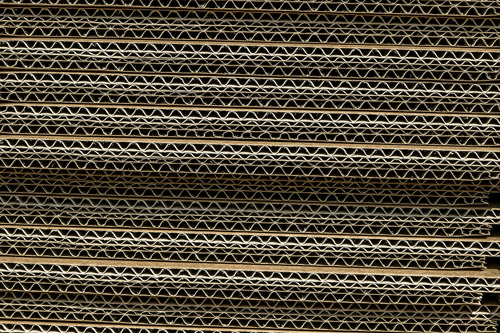
Cardboard
Cardboard is a durable yet lightweight material made primarily from recycled paper, making it highly sustainable. Its production uses renewable resources and minimal water, and it can be recycled multiple times, reducing environmental impact. Versatile in use, especially in packaging, cardboard decomposes naturally, embodying eco-friendliness.
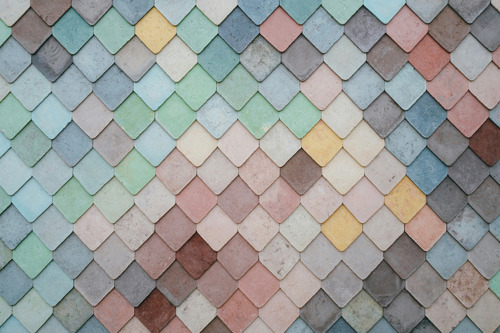
Ceramic
Ceramic is a hard, durable material made by heating natural minerals, such as clay, at high temperatures. It's environmentally friendly, as it is made from abundant natural resources and can be recycled or repurposed. Ceramics are known for their longevity, reducing the need for frequent replacements. Their production process is energy-intensive, but once made, ceramic items can last for generations, offering a sustainable option for items ranging from tableware to tiles.
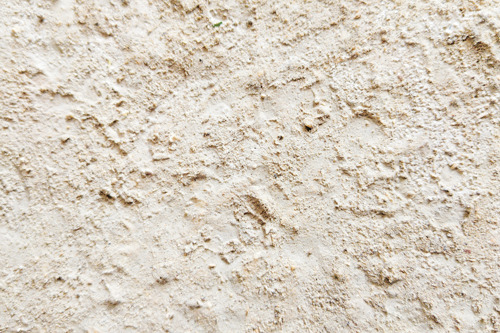
Chalk
Chalk is a soft, white, porous sedimentary rock, primarily composed of calcium carbonate. It's sourced from natural limestone deposits, making it abundant and minimally processed. Chalk production has a low environmental impact due to its simplicity and the ease of obtaining raw materials. It's biodegradable and non-toxic, often used in education and art. Despite its fragility and dust production, its natural composition and degradation process pose minimal ecological concerns.

Coffee fibre
Coffee fibre fabric is produced in a very similar manner to bamboo fabric, which is a popular cloth nappy staple. Using a high pressure and low temperature process, used coffee grounds are spun into a yarn.
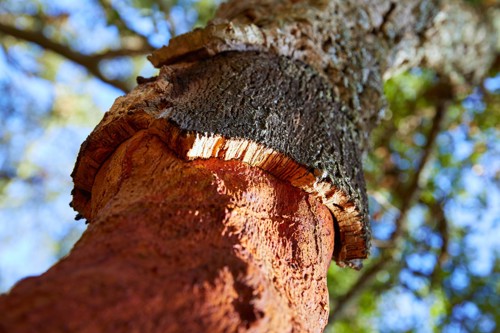
Cork
Cork is harvested only from the bark of the cork tree, meaning that the tree itself is not felled for the production of cork products. The tree simply regrows its bark, making cork a material from a highly renewable resource. Cork is both recyclable and biodegradable, meaning there is no polluting waste.
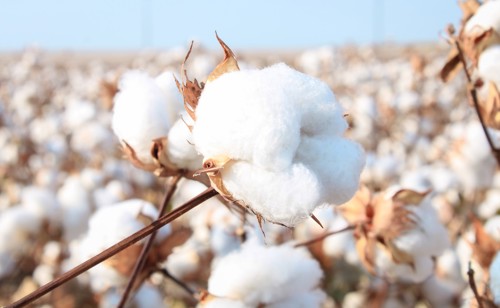
Cotton
Cotton is a natural and sustainable resource. After harvesting, most of the cotton plant is used, not just for the production of cotton, so there is little waste. On top of that, products made of cotton are biodegradable.
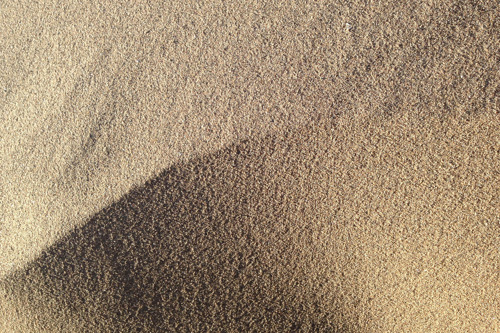
Glass
Glass is a transparent, durable material made from silica (sand), soda ash, and limestone, melted at high temperatures. It's infinitely recyclable without loss of quality, contributing to its environmental appeal. Glass production is energy-intensive, but its longevity and purity compensate by reducing the need for single-use materials. Used in a wide range of applications, from containers to architecture, glass is non-toxic and does not degrade, ensuring that it doesn't contaminate products or the environment.
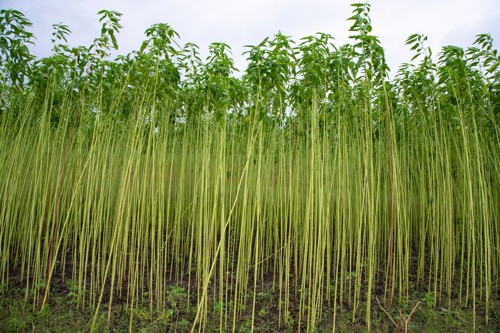
Jute
Jute is the name of the plant or fibre used to make burlap, hessian or gunny cloth. The outer stem and skin of the jute plant are used to make jute: a hard-wearing material that is recyclable, biodegradable, and compostable. The jute plant is ready for harvest in as little as 4 to 6 months and has a high crop yield, making it a very efficient resource. It requires no pesticides or fertilization and even enhances soil fertility for future crops.
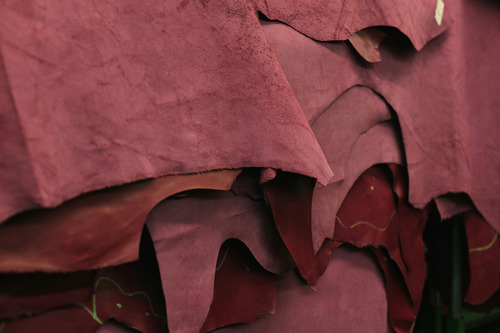
Leather
Leather is a durable and flexible material made by tanning animal hides, primarily from cows. It stands out for its strength, longevity, and unique texture, making it a popular choice for a wide range of products, including clothing, furniture, and accessories. The process involves several stages, from preparing the hides through tanning to finishing, resulting in a material that is highly valued for its aesthetic and functional qualities.
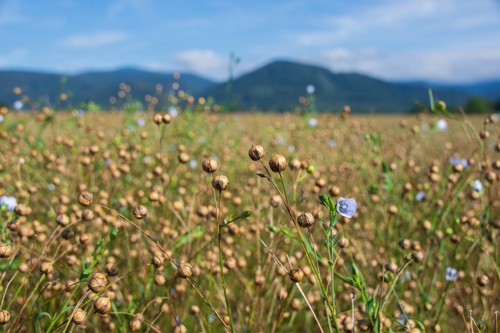
Linen
Linen is made from flax plant fibres. The flax plant requires little water to grow; only rainwater, no additional irrigation. It takes little energy to process flax and the entire plant is used, leaving no waste. Linen is strong, so it is long-lasting, but the product is also both entirely biodegradable and recyclable.
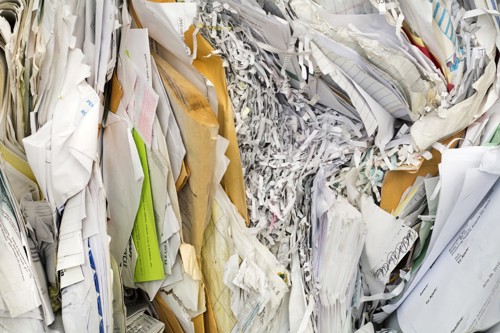
Paper
Paper is a thin material produced by pressing together moist fibres, typically derived from wood pulp, and drying them into flexible sheets. It serves a multitude of purposes, from writing and printing to packaging and cleaning. The production of paper involves extracting wood pulp from trees, a renewable resource, and can incorporate recycled materials to reduce waste. Its widespread use across various industries highlights its versatility and essential role in daily life.
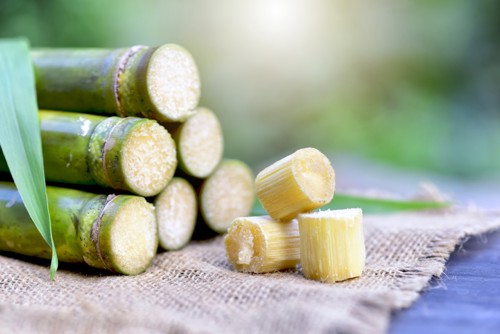
PLA
PLA is short for Polylactic Acid, a type of polyester, which doesn’t sound very “green”. But PLA is made from renewable resources like corn starch and sugar cane and it is a quickly biodegradable material.
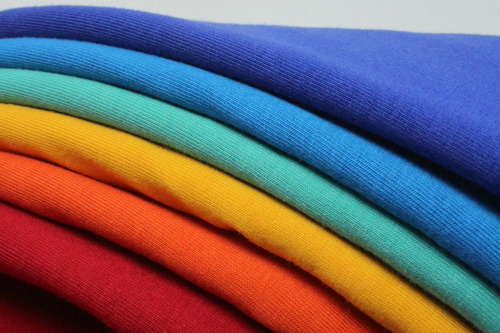
Polyester
Polyester is a synthetic fabric derived from petroleum-based products, known for its durability, resistance to shrinking and stretching, and quick-drying properties. It is widely used in clothing, home furnishings, and industrial applications. Polyester's production involves chemical reactions that transform raw materials into fibers, which can then be woven or knitted into various textiles. Its strength and ease of maintenance make it a popular choice for a range of applications, from fashion to functional gear.
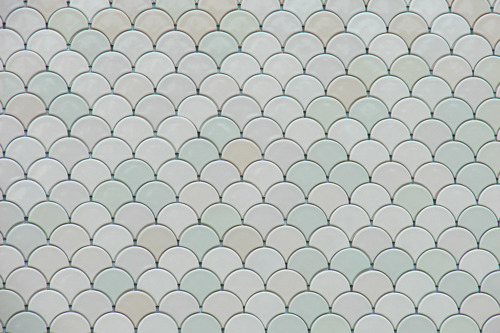
Porcelain
Porcelain is a fine, white ceramic material known for its strength, durability, and translucent quality. It is made by firing refined clay at high temperatures, resulting in a hard, vitreous substance that is resistant to liquid, stains, and scratches. Porcelain is widely appreciated for its aesthetic beauty and practicality, making it a popular choice for tableware, decorative objects, and tiles. The intricate production process and the quality of the materials used contribute to porcelain's reputation as a high-end ceramic option.
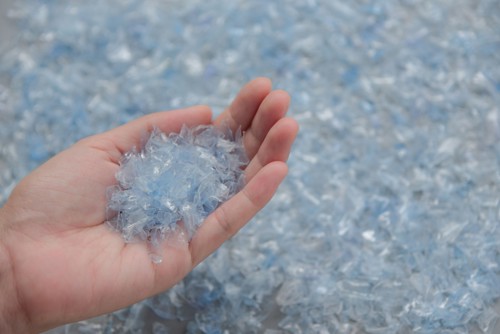
rPET
RPET is created by recycling plastics that were previously used as packaging materials. These include plastic bottles, for instance. Once collected, it is sorted and cleaned, after which it is transformed into rPET. Recycled PET, or RPET, saves on the use of fossil energy. Production of RPET emits 70% less carbon dioxide and uses 90% less water than polyester. Instead of polluting the oceans, millions of throwaway PET bottles are recycled into new products.
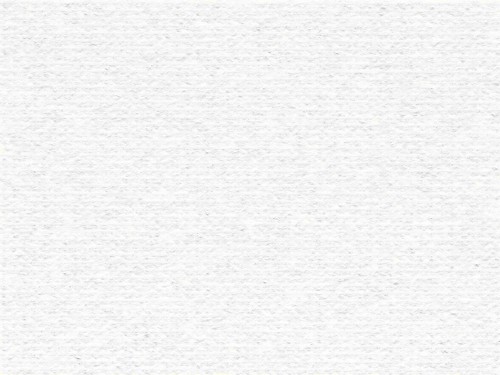
Stone paper
Stone paper is a new alternative to paper made from wood pulp. It is by definition not real paper, but a paper- like material made from calcium carbonate and polyethylene, which makes it water and tear resistant as added bonuses. The production of stone paper uses no water, unlike the copious amounts of water used for making paper from wood pulp, which is why stone paper is a more ecological alternative.
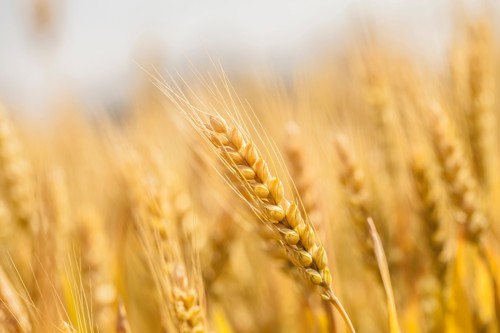
Wheat straw
Wheat straw is made of the leftover stalks after the wheat grains are harvested. When treated as waste, the stalks are burnt, which leads to air pollution. When reclaimed, the stalks are an environmentally friendly material as they come from an extremely efficient, renewable resource in the food chain. Mixing wheat straw with plastic creates a sturdy material that requires far less plastic to make.
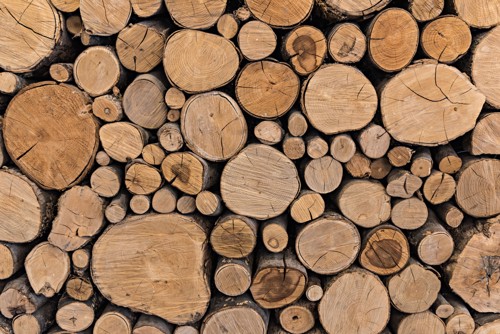
Wood
Wood is a renewable resource. It is one of the most environmentally friendly materials. While the trees grow they absorb carbon dioxide and produce oxygen. Wood is durable and gives the product a natural look. Pine is the most sustainable as it is a fast growing tree. Wood is durable and gives the product a natural look.